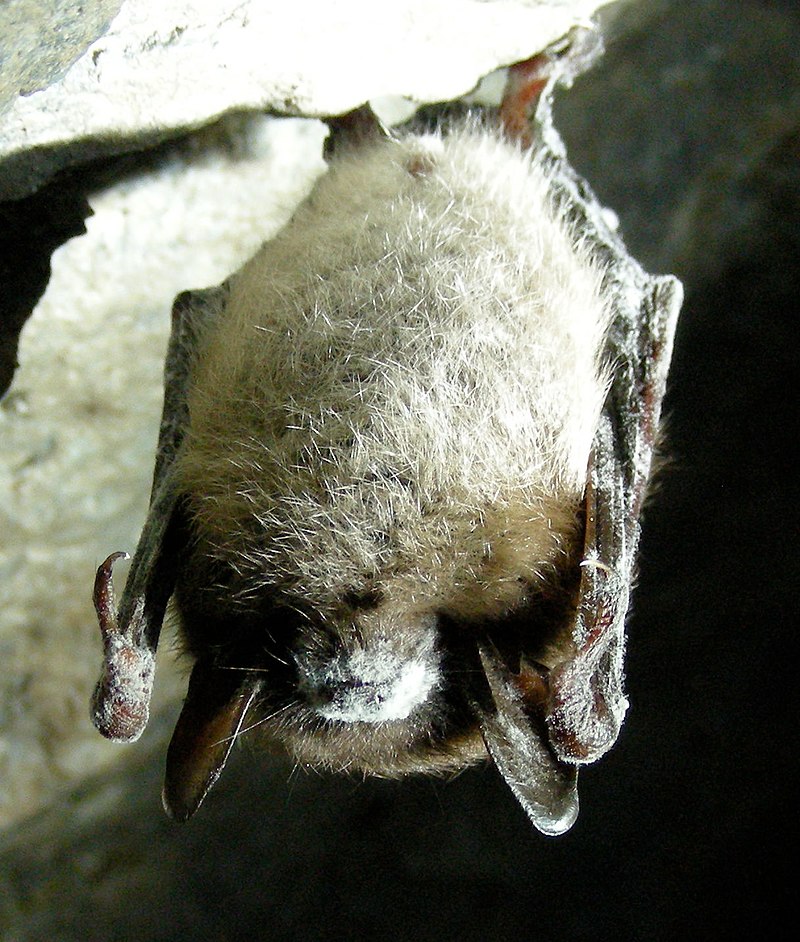The decline in biodiversity and its subsequent negative impacts on human well-being have long been predicted by scientists. However, these theoretical predictions have been difficult to quantify due to the limited data available on wildlife and plant populations, as well as the ethical challenges involved in manipulating ecosystems on a scale large enough to test these hypotheses. A natural “field experiment,” triggered by the emergence of white-nose syndrome in North America, now provides valuable insights into the relationship between ecosystem functioning and human well-being. This disease, caused by an invasive fungal species, has led to catastrophic declines in insect-eating bat populations since 2006, with mortality rates exceeding 70%. Bats play a crucial role in biological pest control by consuming large quantities of agricultural pests. As their populations dwindled, farmers responded by increasing their use of insecticides, substituting natural pest control with chemical methods. This study reveals that, after the onset of bat die-offs, insecticide use increased by 31.1% on average. This provides the first empirical validation of a core theoretical prediction in environmental economics, which posits that farmers would compensate for the loss of natural pest control by turning to chemical alternatives. However, this shift had significant health consequences: infant mortality from internal causes rose by 7.9% in affected counties. These findings demonstrate that even when insecticides are used within regulatory limits, they can pose significant health risks. The gradual spread of the disease supports a causal interpretation of these results, as alternative explanations would have to align with the timing and geographic spread of the bat population declines. Further analyses show that changes in crop composition, other types of mortality, or economic conditions do not account for the observed effects. This study confirms the theoretical expectation that well-functioning ecosystems, where interactions between natural enemies such as bats and pests occur, allow farmers to use fewer toxic chemical substitutes. It highlights not only the agricultural and health benefits of bats but also the broader importance of addressing threats like habitat loss and climate change, which affect many species. As global efforts, such as protecting 30% of land and marine areas by 2030, gain momentum, understanding how biodiversity loss affects human well-being is critical for shaping effective conservation policies. This research provides key insights that can inform the design and implementation of strategies to safeguard both biodiversity and public health.
Original study:
Frank, E. G. (2024). The economic impacts of ecosystem disruptions: Costs from substituting biological pest control. Science, 385(6713), eadg0344.

